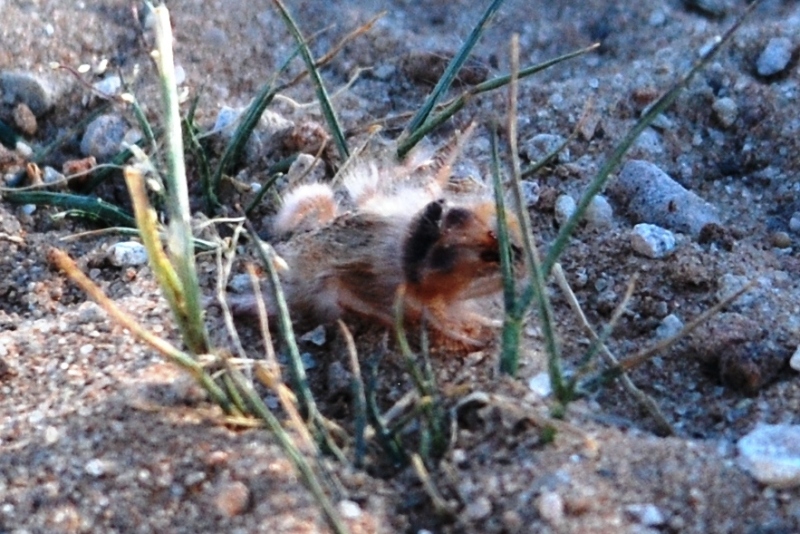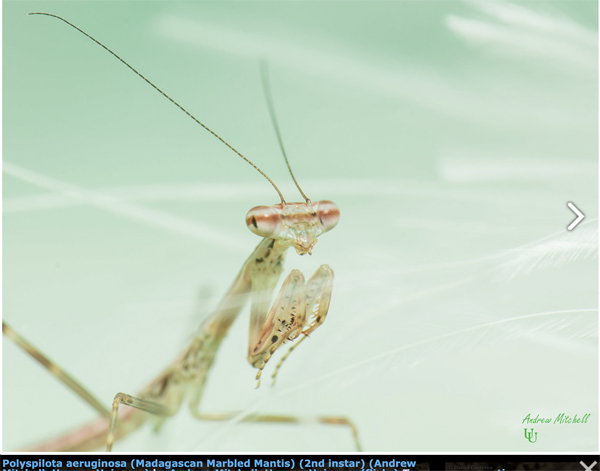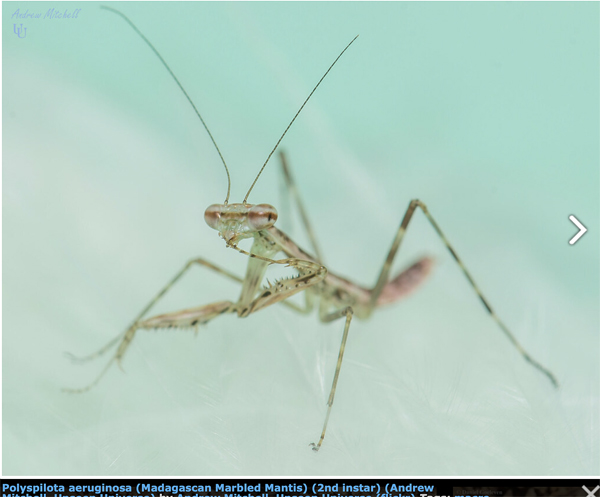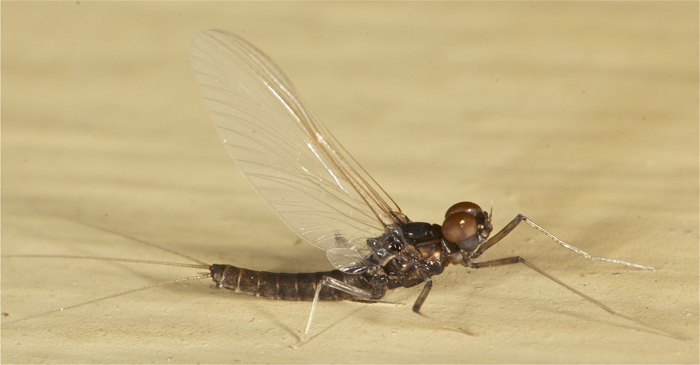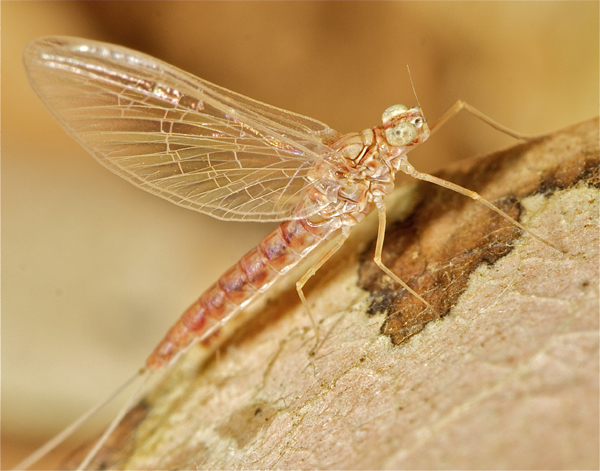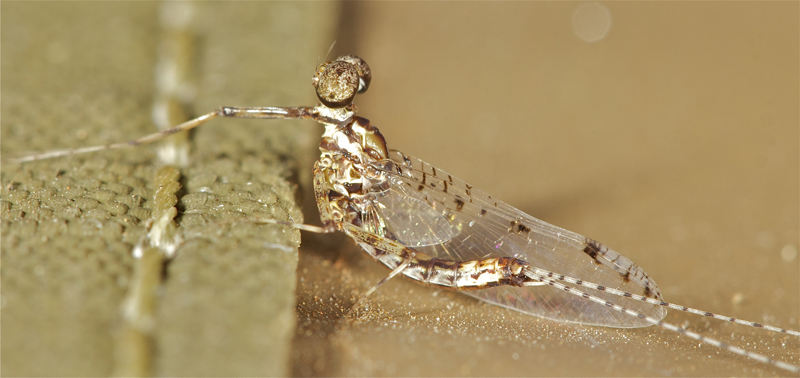This is quite an interesting find
Hexisopodidae Chelypus sp.
3 species recorded from KTP:
Chelypus barberi
Chelypus hirsti
Chelypus lennoxae
These are commonly called a mole or teddybear solifuge
There are two genera in the family Hexisopodidae: Chelypus and Hexisopus. Chelypus spp. are distinguished from Hexisopus spp. by the presence of well-developed spines on the pedipalps.
They are fossorials and can dig into soil with an amazing speed.



